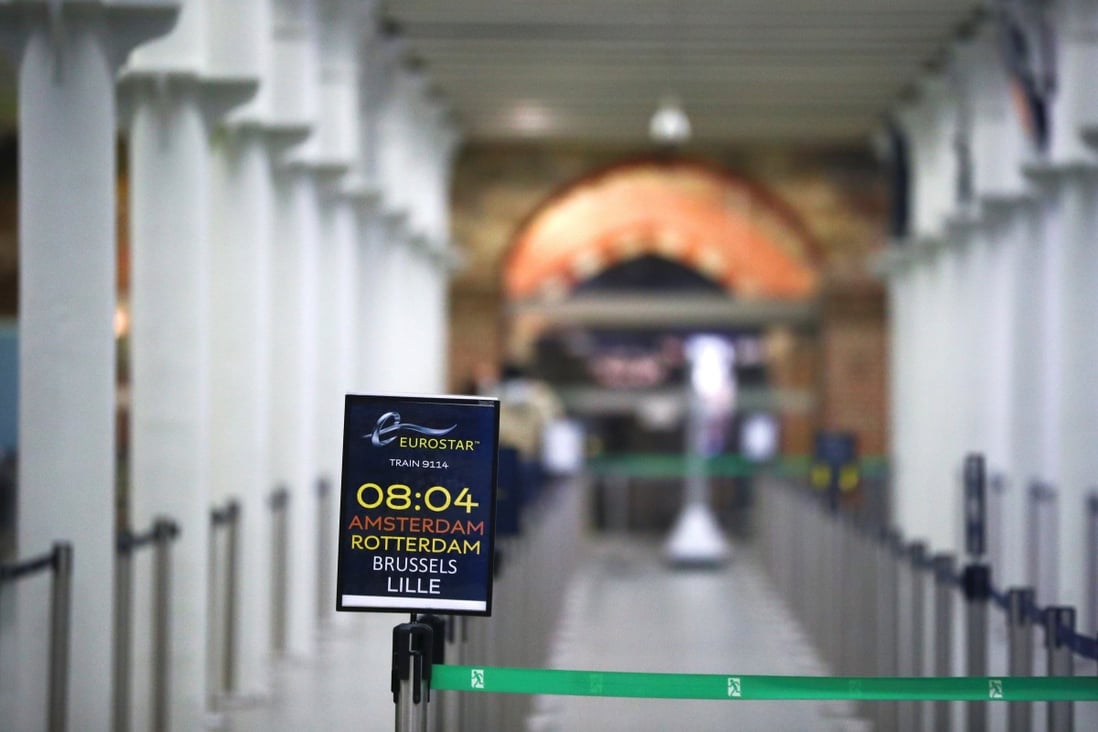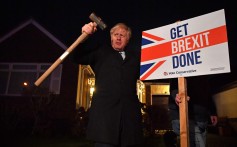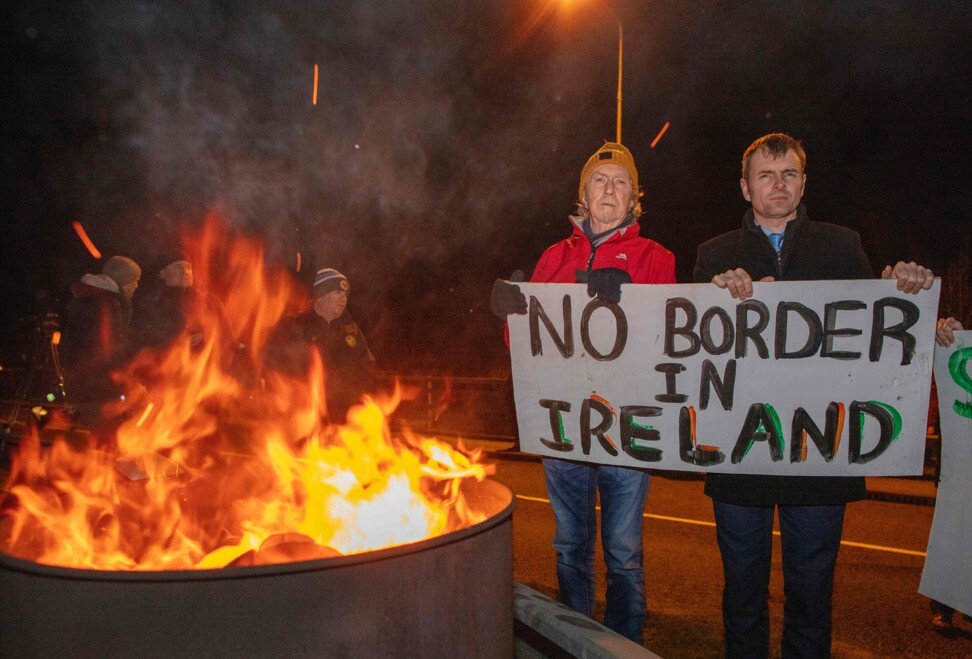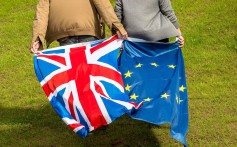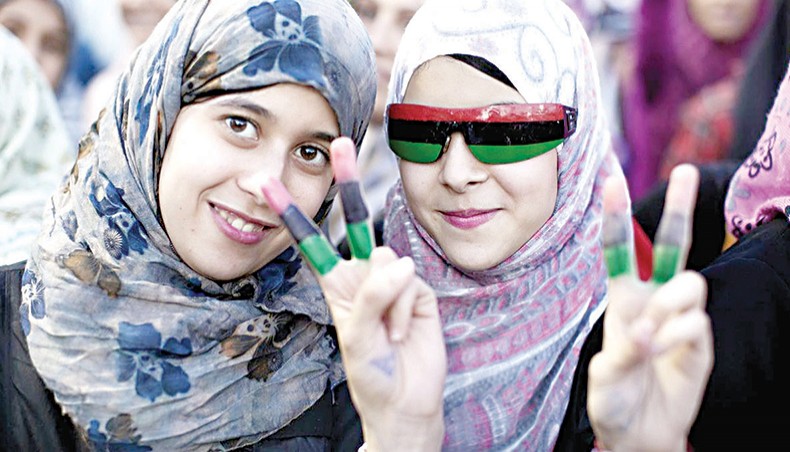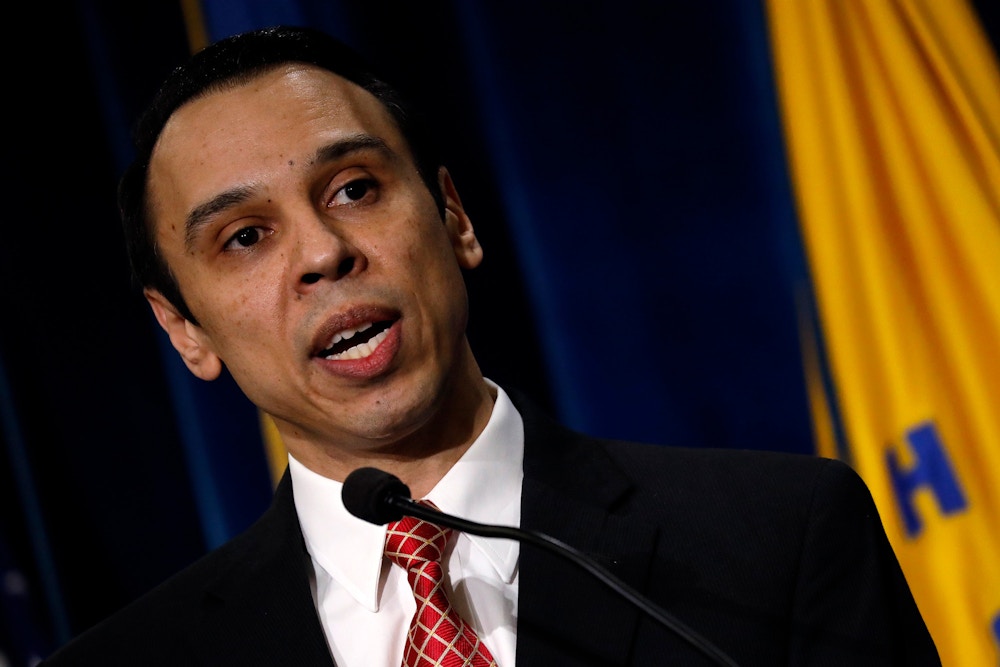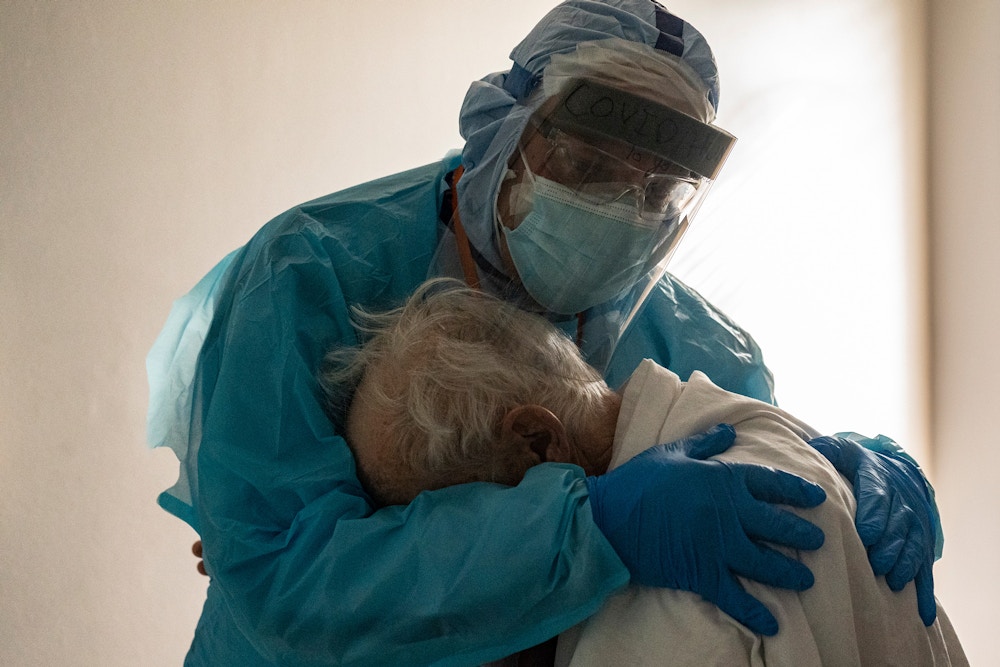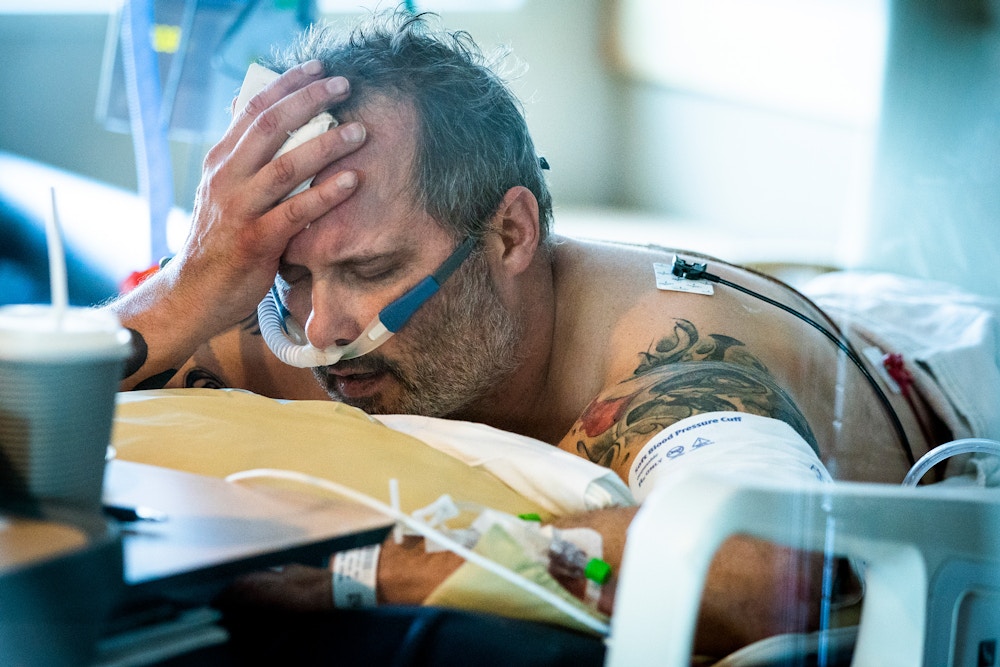Cambridge becomes the 1st US city to require stickers warning the threat of climate change at gas pumps
ichoi@businessinsider.com (Inyoung Choi)

Cambridge, Massachusetts, will require yellow stickers that warn of the harms of climate change to be posted on gas pumps, The Guardian reported.
Other US cities like California's Berkeley and San Francisco have proposed similar ideas in the past, but Cambridge will be the first to put the mandate into action.
Reducing gas emissions by taking public transportation or even restricting the amount you step on the gas pedal is a key way to minimize your carbon footprint.
Cambridge, Massachusetts, will require area gas pumps to post stickers warning of the harms of climate change, becoming the first US city to implement such a mandate, The Guardian reported.
The Guardian reported Friday Cambridge will require all gas pumps in the city to display bright, yellow stickers that say "burning gasoline, diesel, and ethanol has major consequences on human health and the environment including contributing to climate change."
The stickers are intended to "remind drivers to think about climate change and hopefully consider non-polluting options," a city spokesperson told the outlet.
In 2014, California's Berkeley and San Francisco proposed a similar idea to put stickers on gas pumps, but the idea wasn't ultimately put into action.
Reducing gas emissions by taking public transportation or even restricting the amount you step on the gas pedal is a key way to minimize your carbon footprint.
A study published in Scientific Reports earlier this year showed that even if the public worked to stop all greenhouse gas emissions, the world will continue to face climate change and global warming, Business Insider's Aylin Woodward previously reported.
Last year, the US greenhouse gas emissions rate dropped by 2.1%, according to the Rhodium Group, a private economic data firm. Even so, the emissions rate did not see net reductions between 2016 and 2019, according to Rhodium.
Read more:
Any hope of keeping Earth habitable now requires sucking carbon back out of the atmosphere, a new study found
Painfully slow hurricanes, deadly heat, and cities without water: What the climate crisis will look like in the next 10 years, according to experts
A few climate models are now predicting an unprecedented and alarming spike in temperatures - perhaps as much as 5 degrees Celsius
What Earth might look like in 80 years if we're lucky - and if we're not

 © Getty Images Farmers resist reforms designed to destroy livelihoods
© Getty Images Farmers resist reforms designed to destroy livelihoods